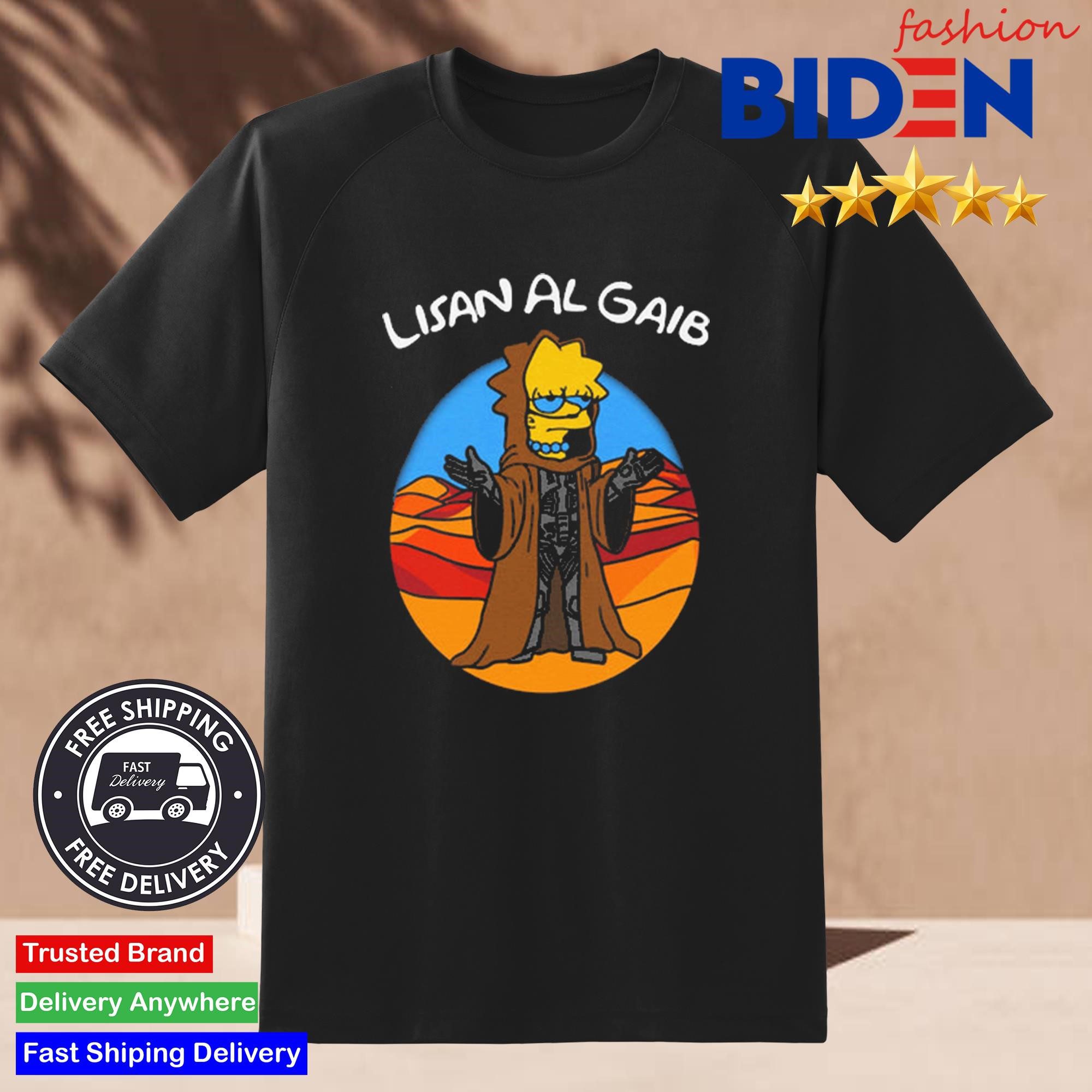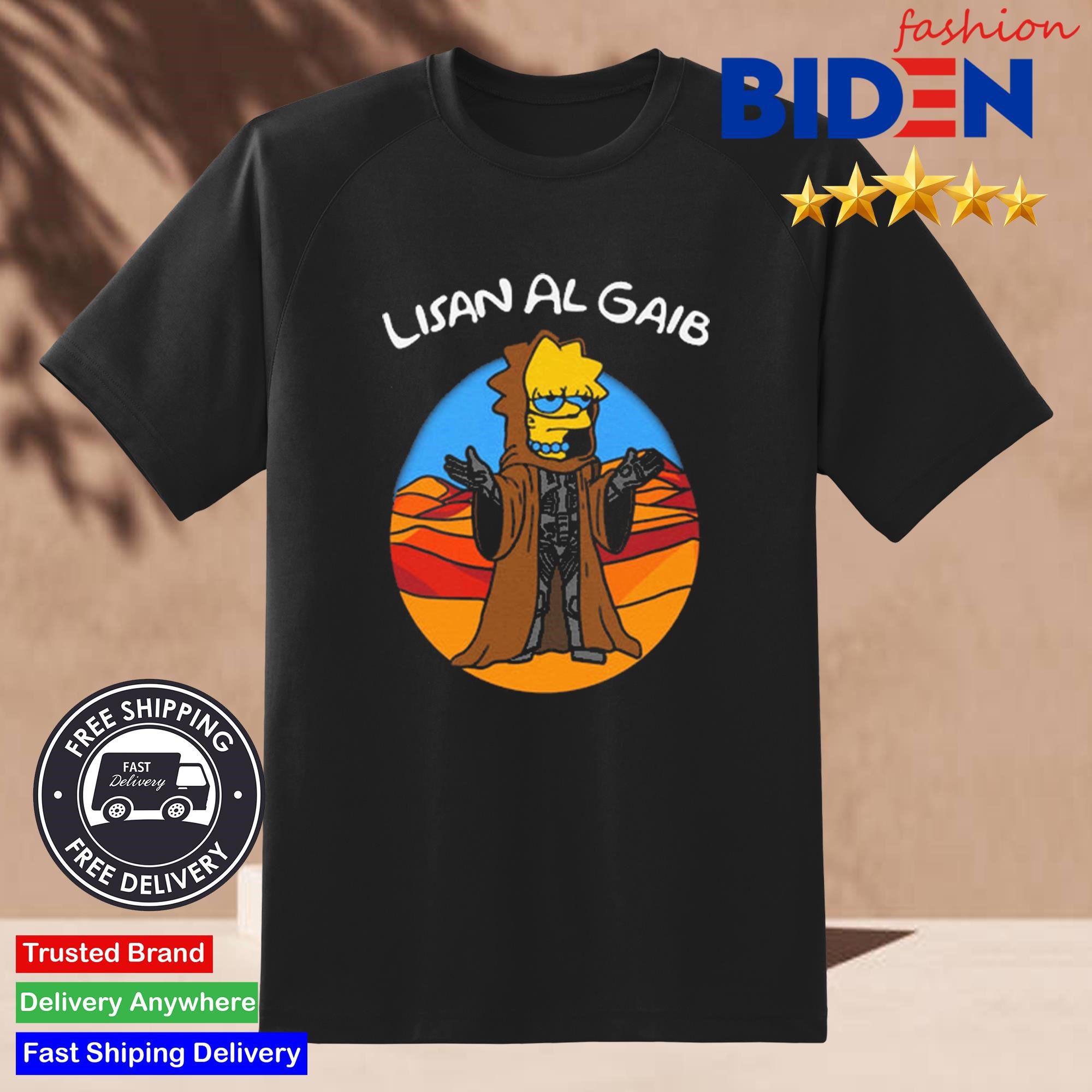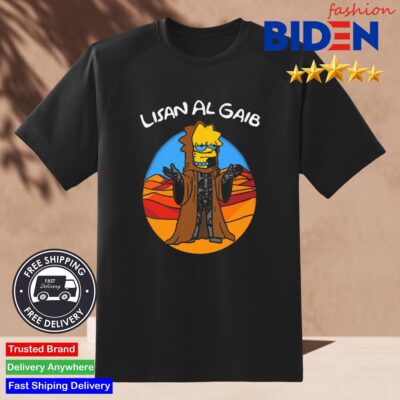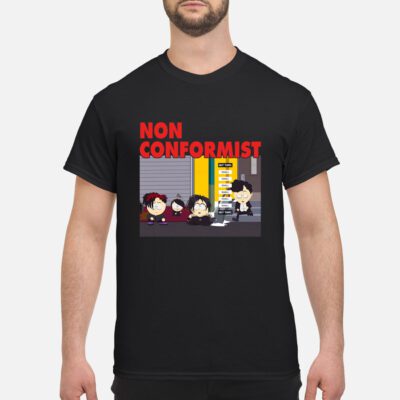#Bidenfashion Fashion LLC Those patrons also recognize the significance of aiding small enterprises instead of giant corporations—and that “purchasing small” comes with a higher expense. Scale represents another major factor: Generally, as the quantity of a garment produced increases, the cost per piece decreases. This doesn’t justify extremely cheap garments though, as labor should incur a consistent cost, but workers might be able to increase their speed due to routine. Fabric’s cost also varies with scale. If Stanley, Roche, and Romy could amplify their ventures threefold, perhaps their costs might slightly reduce, but that’s not their aim. The bigger a firm becomes, the more challenging it is to monitor the supply chain; we all haven’t forgotten how certain famous brands were oblivious to their apparel being manufactured in the collapsed Rana Plaza factory.
Lisan Al Gaib Apparel: acquire your shirt immediately
#Bidenfashion Fashion LLC Comprehending scale also reveals why a heftier price doesn’t always equal superior materials and ethical labor. A polyester outfit might be sold for $400 because the brand crafted it in limited remittances and compensated its workforce—but it’s still polyester, and it’s unwise to shell out $400 on something so harmful to the environment. Alternatively, the label might mass-produce it and employ inexpensive labor, yet inflate the price to persuade you it’s a premium item. Price confusion will always exist, with some brands prioritizing “brand value” over their employees. The only true way to determine if a cost is deserving of your earnings is by investigating further and demanding openness from the labels you endorse.



















 Zum speed 350z fairlady shirt
Zum speed 350z fairlady shirt
 Zulu Huey Newton You Believe In Violence T-Shirt
Zulu Huey Newton You Believe In Violence T-Shirt
 Zuccarello Applesauce Shirt
Zuccarello Applesauce Shirt
 Zolita Queen Of Hearts shirt
Zolita Queen Of Hearts shirt
 Zheani Worship The Spiritual Meat Grinder Shirt
Zheani Worship The Spiritual Meat Grinder Shirt
 ZHC X BKTSQD Green Flame shirt
ZHC X BKTSQD Green Flame shirt